
HyExpert: Wasserstoffregion NordOstNiedersachsen
PROJEKTE
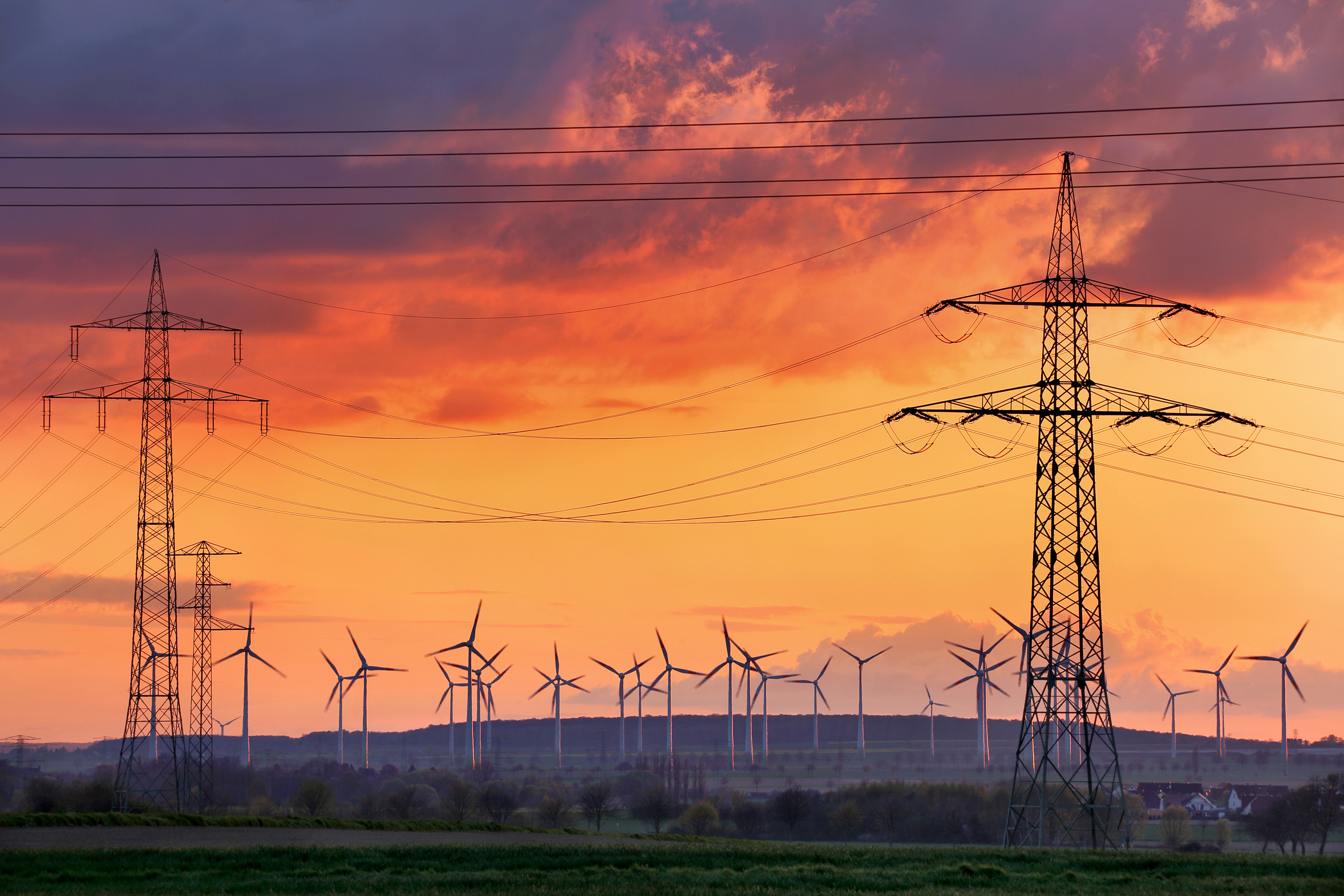 Quelle: fotolia-thomaslerchphoto
Quelle: fotolia-thomaslerchphoto
Die Region profitiert besonders von ihren eigenen Windkraftanlagen: Nordostniedersachsen
HyExpert: Wasserstoffregion NordOstNiedersachsen
In Nordostniedersachsen, bestehend aus elf ländlich geprägten Landkreisen, hat die Region bereits 2018 begonnen, sich als Vorreiter in der Wasserstoffwirtschaft zu positionieren. Dadurch entstand das Wasserstoffnetzwerk Nordostniedersachsen, bekannt als H2.N.O.N. Der Landkreis Osterholz, als Initiator und Koordinator, befindet sich im nordöstlichen Teil von Niedersachsen an der Grenze zu Bremen. Er leitet die Aktivitäten der Region innerhalb der ARTIE, dem regionalen Netzwerk für Technologie, Innovation und Entwicklung.
News (20.02.2024): NEU! Wasserstoff-Wissenspodcast!
Unter dem Titel „Wasserstoff – Wer, Wie, Was“ veröffentlicht H2.N.O.N nun mit Sustechnico einen neuen Wissenspodcast, der sich um Fragen rund um den Wasserstoffsektor dreht.
News (20.09.2023): Region erhält weitere drei Jahre Förderung!
Olaf Lies: „Für das Erreichen unserer Klimaziele und für die Suche nach
Lösungen zur Deckung unseres Energiebedarfs leistet der Energieträger Wasserstoff einen
ganz wesentlichen Beitrag. Eine schnelle Entwicklung von Wasserstoffwertschöpfungsketten
und der zügige Hochlauf der Wasserstoffwirtschaft trifft auf eine bereits hohe Nachfrage,
insbesondere in Bereichen, in denen eine Elektrifizierung weniger sinnvoll ist. Ich denke
beispielsweise an den Verkehrssektor mit seinem Schwerlastverkehr oder Industriezweige mit
besonders hohem Energiebedarf. Das Regionalmanagement trägt in seiner Aufgabenstellung,
der Vernetzung von Kompetenzen und der Initiierung und Begleitung von regionalen
Innovations- und Investitionsprojekten rund um das Thema Wasserstoff maßgeblich zu dieser Entwicklung bei. Ich freue mich daher besonders, Ihnen heute einen Bewilligungsbescheid für die Fortführung Ihres erfolgreichen Regionalmanagements überreichen zu können“. Mehr Informationen hier.
Das Hauptaugenmerk des ersten Leitprojekts liegt auf der Mobilität. H2.N.O.N wurde als „HyExperts“ für das Projekt „Lastverkehr mit grünem Wasserstoff – Future Mobility“ ausgezeichnet. Das Ziel ist es, die lokale Erzeugung erneuerbarer Energien, wie z.B. aus Windkraft und Biogas, mit dem Lastverkehr (LKW, ÖPNV, Entsorgung) durch den Einsatz von Wasserstofftechnologien zu verknüpfen und dabei die gesamte Wertschöpfungskette im Blick zu behalten.
Das Netzwerk wird von verschiedenen Organisationen getragen, darunter das Amt für regionale Landesentwicklung (ArL) Lüneburg, die IHK Stade für den Elbe-Weser Raum, die IHK Lüneburg-Wolfsburg, die Handwerkkammer Stade-Lüneburg-Braunschweig sowie mehrere Landkreise. Im Fokus stehen die engagierten Unternehmen der Region, die derzeit über eine Vielzahl von LKW, Bussen, Tankstellen und regenerativer Erzeugungsleistung verfügen.
 Quelle: NWN/Rainer Jensen
Quelle: NWN/Rainer Jensen
Besonders im Bereich der Mobilität ist H2.N.O.N tätig.
Mithilfe der Fördermittel werden Studien und Konzepte realisiert, von der Erzeugung bis zur Nutzung in der Wasserstoffmobilität und im Lastkraftverkehr. Das Ziel ist ein integrierter Geschäftsplan, der die Grundlage des weiteren Handelns sein werden soll. Mit der Erstellung wurde ein Konsortium aus den Unternehmen Becker Büttner Held Consultung und Energy Engineers beauftragt.
Mehr zu den HyLand Regionen haben wir hier aufgeführt.
HyLand ist ein von dem Bundesministerium für Digitales und Verkehr ausgeschriebener Wettbewerb, der den Wasserstoffhochlauf in Deutschland voranbringen soll. Mehr Informationen hier.
Weitere Informationen und Kontakt:
Bleiben Sie informiert – mit unserem Newsletter „NWN direkt…“
Sie möchten über diese und andere spannende Wasserstoff-Projekte aus Niedersachsen informiert bleiben? Dann melden Sie sich bei unserem Newsletter an!




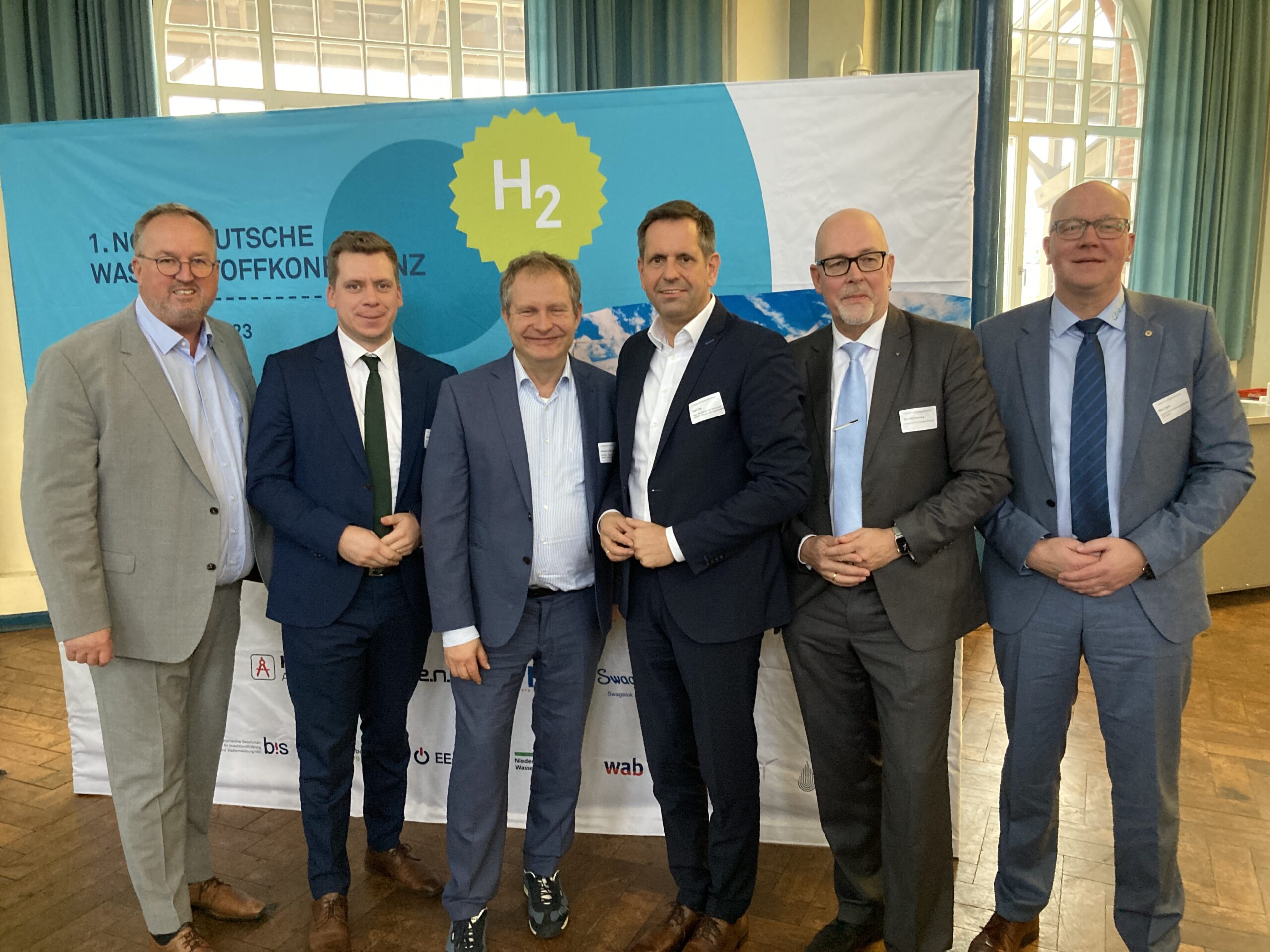













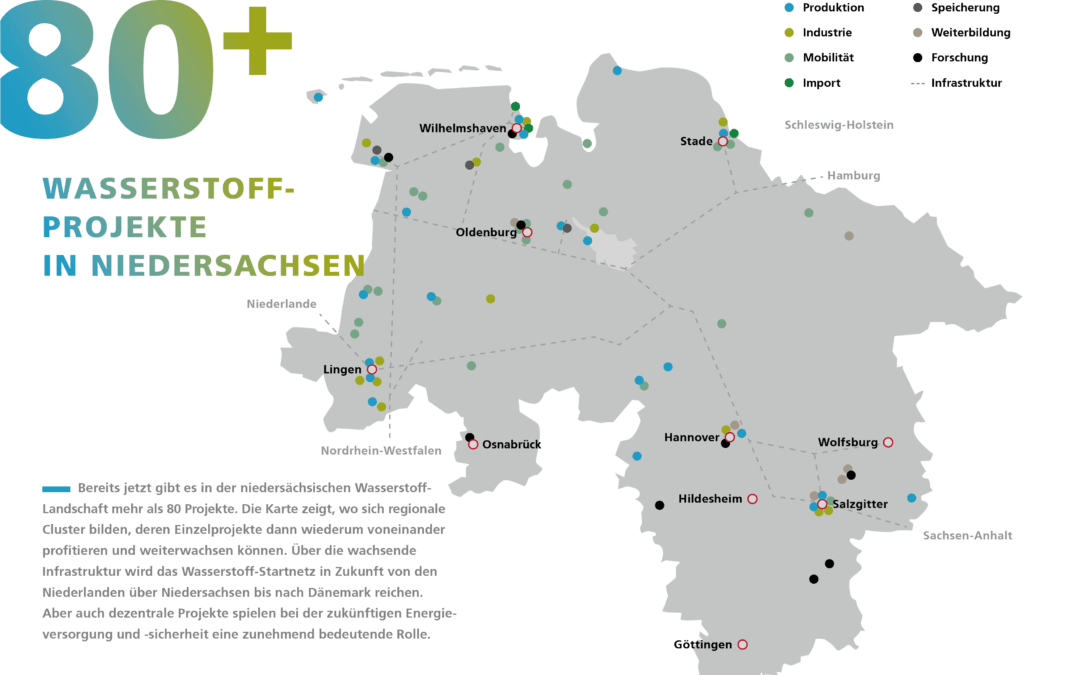
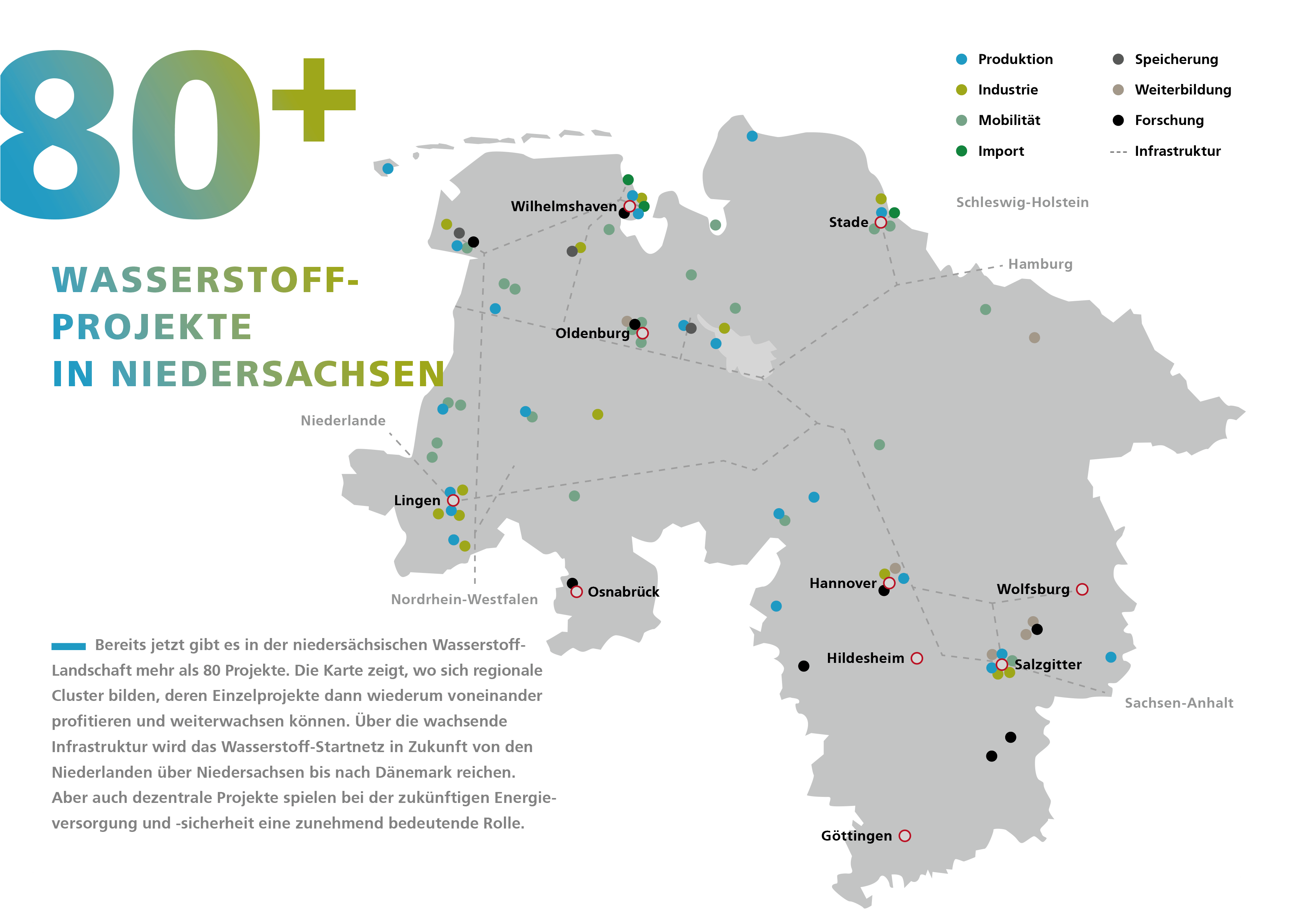

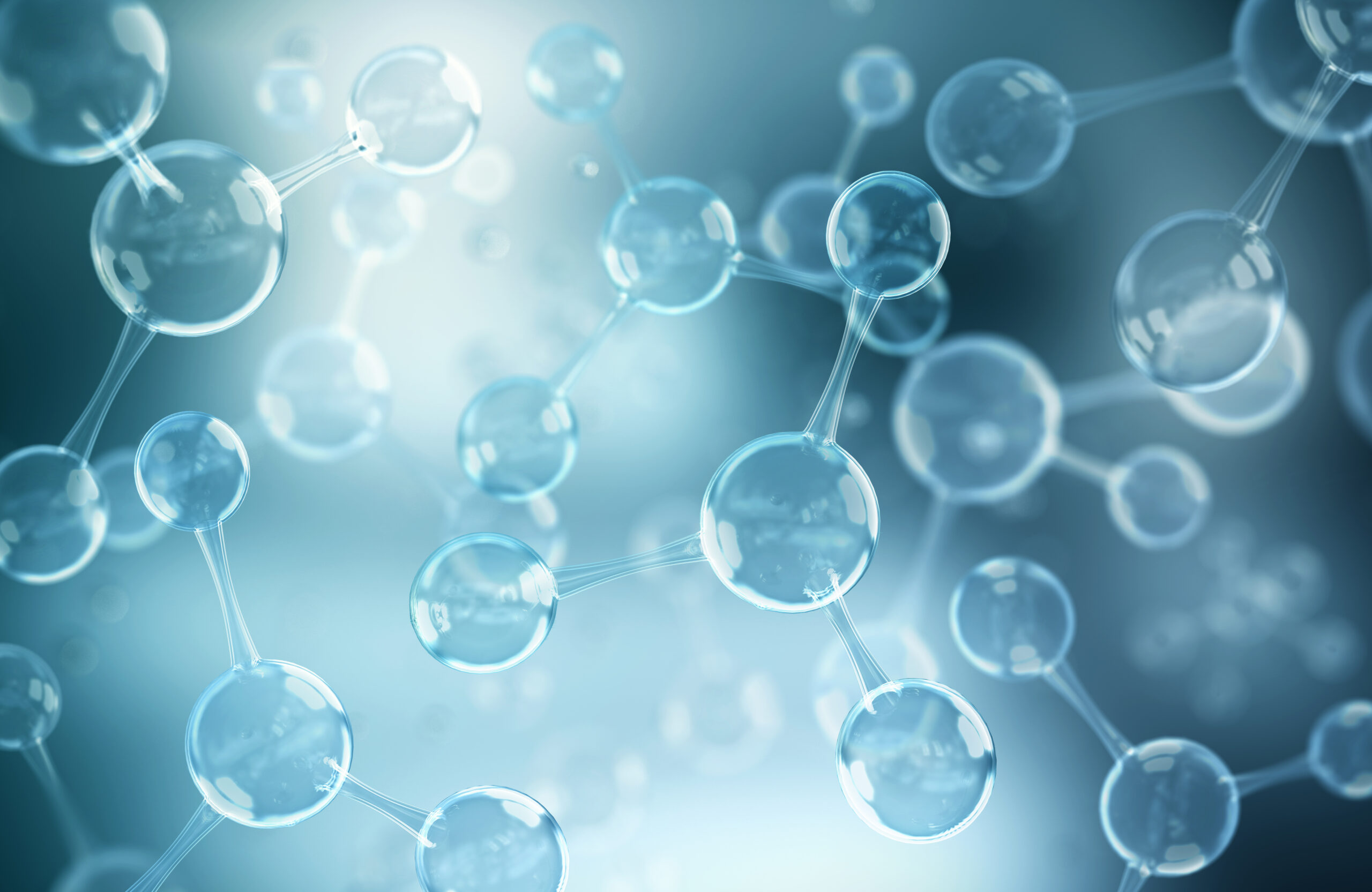




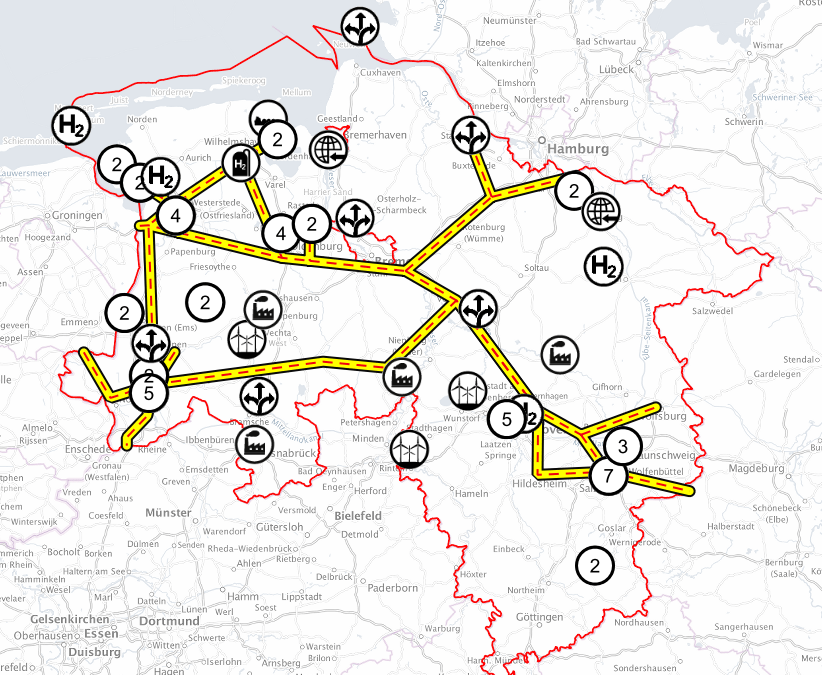

Neueste Kommentare